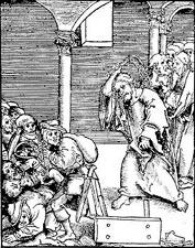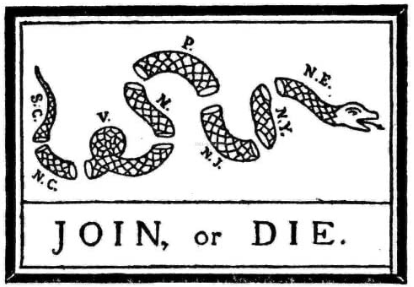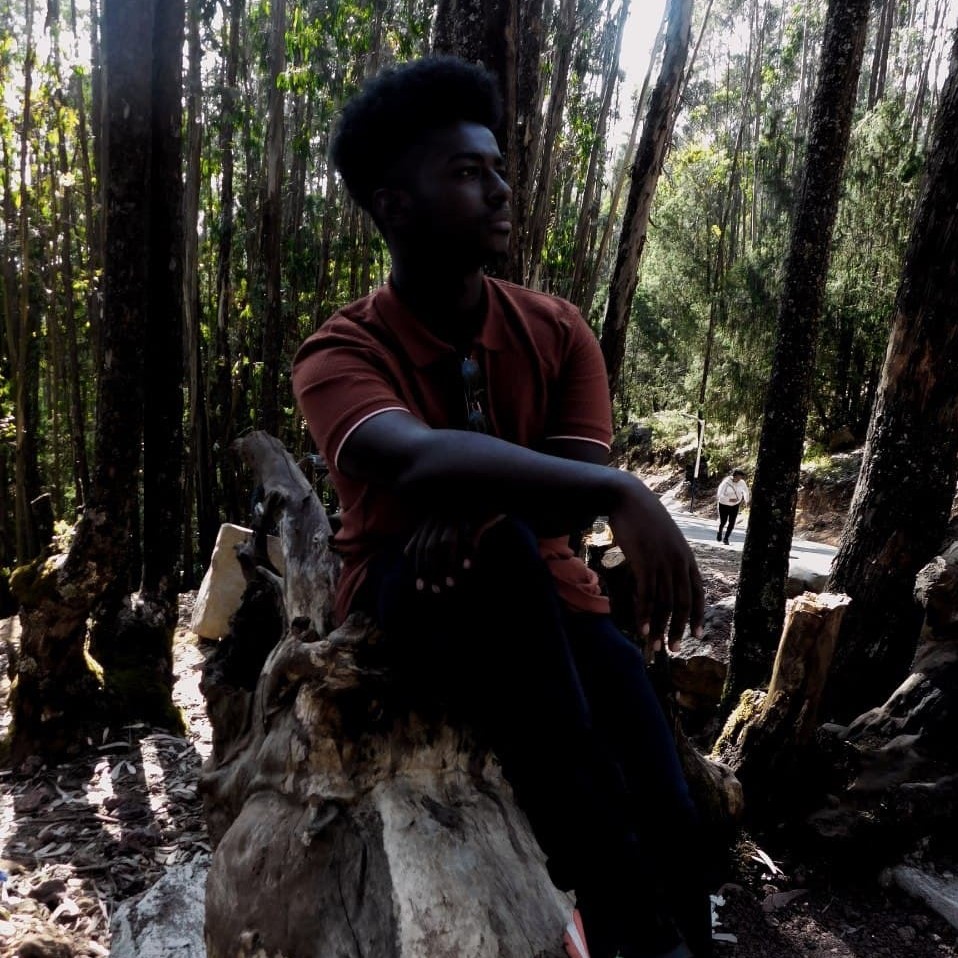It wouldn’t really be an incorrect assumption to say that political cartoons aren’t considered as art by most people. And they’re wrong.
What is art? A diverse range of human activities involving the creation of—in this case—visual works which express the creator’s ideas or technical skill, intended to be appreciated primarily for their emotional power or ability to send a message. Political cartoons are visual works which express a creator’s political opinions, intended to send a political message. Even if one can make an interesting argument about why it can’t be considered as art, that person surely has to agree that at least *some *political cartoons are a form of modern art. That is the topic we are going to expand on today. How political cartoons CAN be a modern art form.
Let’s begin with expanding on the definition of a political cartoon more. According to the Britannica online encyclopedia, a political cartoon is a drawing, often a caricature, made for the purpose of conveying editorial commentary of politics, politicians and current events. These cartoons are characterized by metaphorical and satirical language, pointing out the contexts, problems and discrepancies of a political situation. When successful, they can fulfill an important criticizing and controlling function in society. They can also encourage the process of healthy opinion formation and decision making while providing news entertainingly.
Caricature as a Western discipline goes back to Leonardo da Vinci’s artistic explorations of “the ideal type of deformity”, which he used to better understand the concept of ideal beauty. Over time, the principles of form established in part by Leonardo had become so ingrained into the method of portraiture that artists like Agostino and Annibale Carracci rebelled against them. Intended to be lighthearted satires, their* caricaturas* were, in essence, “counter-art”.
While caricature originated around the Mediterranean, cartoons of a more editorial nature developed up north. The Protestant Reformation began in Germany and made extensive use of visual propaganda; the success of both Martin Luther’s socio-religious reforms and the discipline of political cartooning depended on a level of civilization neither too primitive nor too advanced. An excellent example of Luther’s use of visual protest is found in two woodcuts from the pamphlet “Passional Christi und Antichristi”, originally drawn by Lucas Cranach the Elder. These two images contrast the actions of Jesus with those of the Church hierarchy, as the Catholic Church were said to have done things such as accept money in exchange for repentance of sins, essentially turning the Church into a marketplace. The hegemony of religion at the time ensured that when someone drew a Biblical episode like that of Jesus driving the moneychangers out of the Temple, everyone would recognize it.

Benjamin Franklin’s “Join or Die”, as seen in the image below, in which a snake whose severed parts represent the Colonies, is acknowledged as the first political cartoon in America. The image had an explicitly political purpose from the start, as Franklin used it in support of his plan for an intercolonial association to deal with the Iroquois at the Albany Congress of 1754.The picture showed how an artist can distill a complex political issue into a single, potent image. It helped create a sense of American nationhood and ultimately fuelled the fight for independence.

Political cartooning remains a staple of the media. Its ability to be drawn quickly and use of words to express political views on a daily basis make it an ideal format for politics. Artists, even those with relatively few years of experience, can participate in political campaigns through this format. A trained eye for detail and an ability to draw are the basis of this art. Adding words can be done by the artist or a writer. This combined art form lights up the world of politics with fresh expressions on a daily basis.

